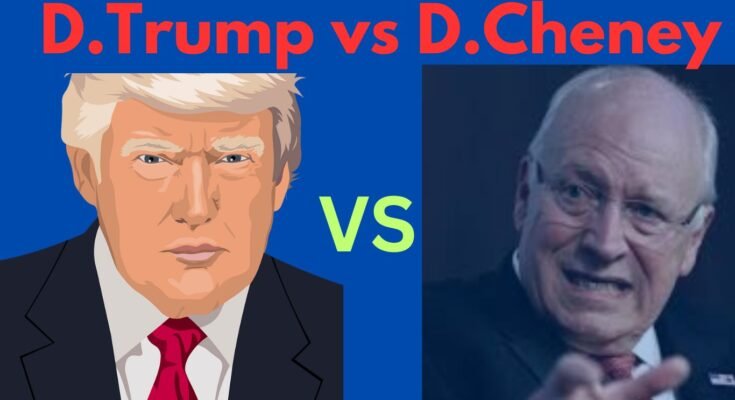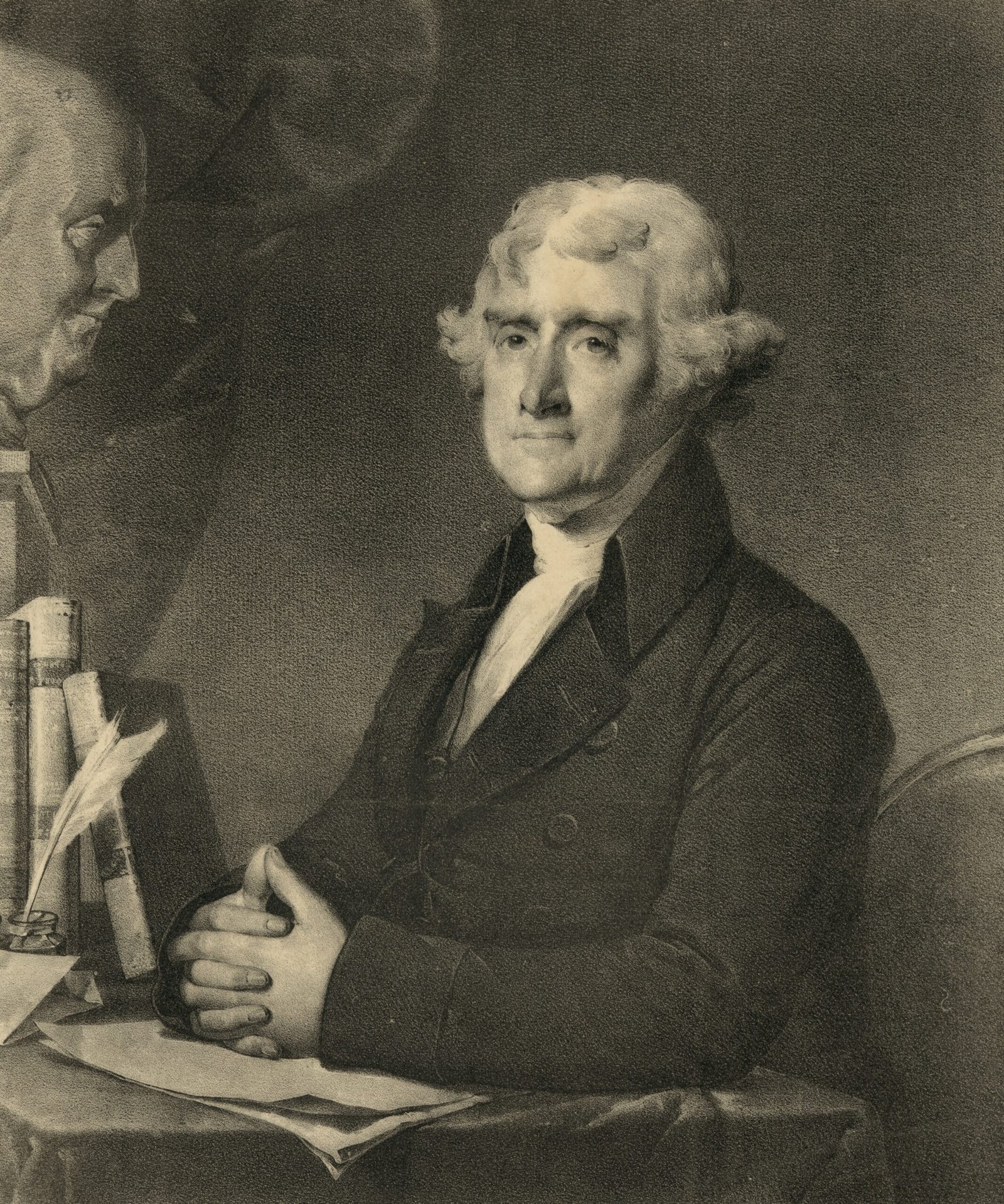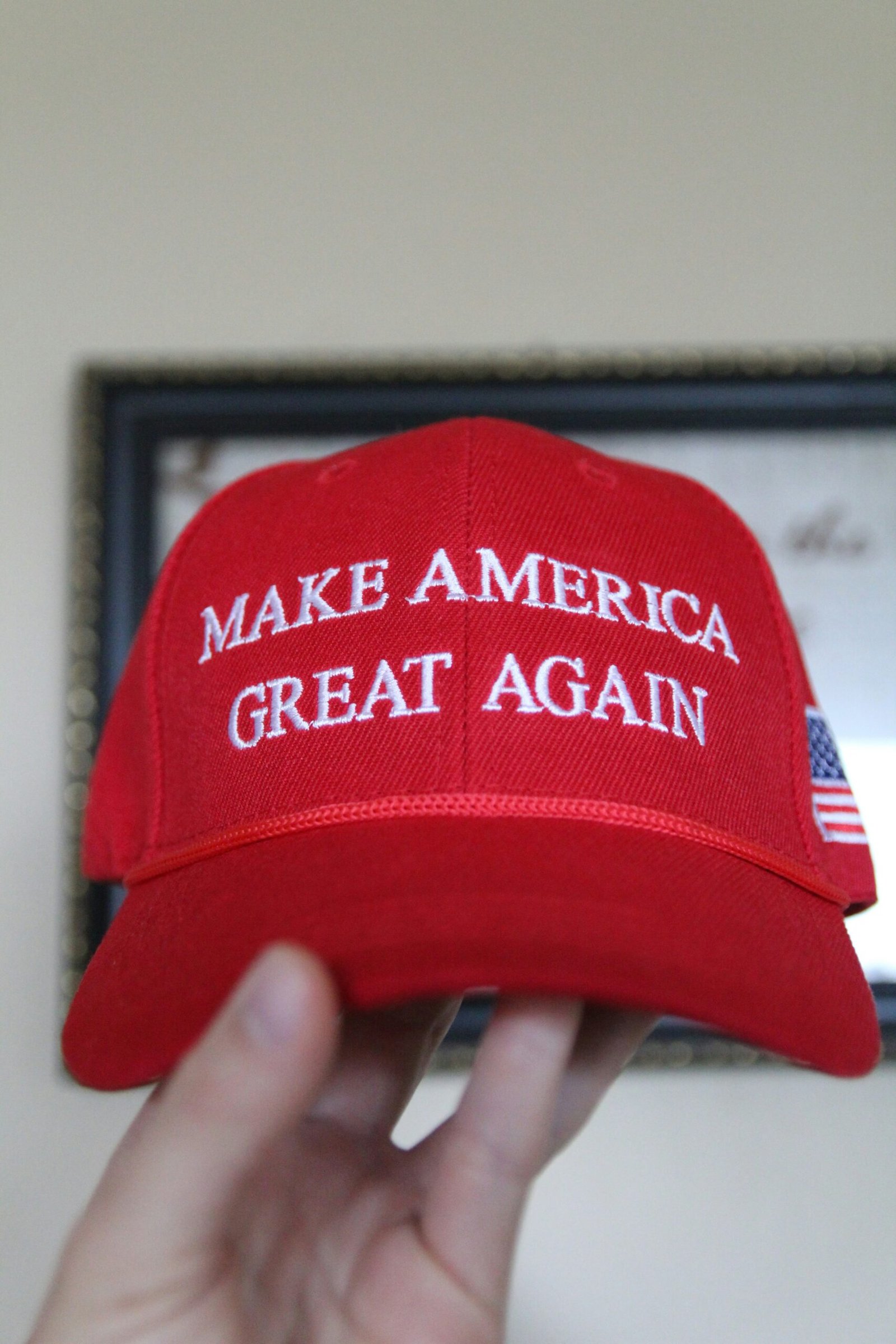The Accusation: Trump’s Claims Against Cheney
In the tumultuous landscape of American politics, the accusations made by former President Donald Trump against former Vice President Dick Cheney have taken center stage. Trump has publicly labeled Cheney as a “RINO” (Republican In Name Only), questioning his loyalty to the Republican Party and the conservative values it purports to stand for. This label is significant, as it raises critical questions about party identity and allegiance in a time of political division.
Trump’s criticism of Cheney has not been limited to name-calling. He has openly criticized Cheney’s actions during his vice presidency, particularly in relation to military interventions and foreign policy decisions, which Trump argues contributed to prolonged conflicts in countries like Iraq and Afghanistan. In addressing these accusations, Trump has positioned himself as a populist champion, advocating for a departure from the traditional Republican establishment represented by figures like Cheney. This dynamic reflects a broader struggle within the Republican Party, where Trump’s influence has redefined party loyalty and political ideology.
The reaction from Cheney has been one of unwavering confidence in his principles. Cheney, a significant figure in the party’s history, has defended his record and called out Trump for what he perceives as a delegitimization of the values that underpin the Republican identity. Supporters of Cheney have rallied behind him, arguing that Trump’s claims are an attempt to undermine traditional conservatism. They emphasize that Cheney’s foreign policy worldview is rooted in experience and a commitment to national security, contrasting it sharply with Trump’s more isolationist tendencies.
This contentious exchange between Trump and Cheney signals not only personal animosity but also highlights the evolving nature of the Republican Party. As both sides continue to navigate the political landscape, the implications of their rivalry may shape the party’s future and its stance on key issues as it approaches future elections.
Historical Context: The Relationship Between Trump and Cheney
The relationship between Donald Trump and Dick Cheney has varied over the years, illustrating the complexities of American political alliances. Initially, both figures were associated with the Republican Party, albeit with differing ideological perspectives. While Trump emerged as a populist leader, Cheney maintained a traditional conservative stance, particularly emphasizing national security and foreign policy based on his experiences during the George W. Bush administration.
During the early years of Trump’s political ascendancy, there were elements of admiration, as Trump invoked the legacy of previous Republican administrations, including that of Cheney’s. Nonetheless, as Trump’s presidency unfolded, significant discrepancies began to surface. One of the most notable areas of disagreement arose around issues of national security; Cheney advocated for a robust approach to foreign policy, including interventionism, while Trump was more inclined toward an “America First” strategy, which often favored isolationism over traditional interventions.
The divergence in their approaches became particularly evident regarding the military and foreign conflict management. Cheney, a staunch supporter of U.S. military engagement abroad, found himself at odds with Trump’s inconsistent foreign policy decisions, which included skepticism about decades-long military commitments. Furthermore, their perspectives on party allegiance diverged; while Cheney embodied the establishment Republican ethos, Trump’s rise highlighted a populist wave within the party, leading to a factional divide that continues to shape Republican dynamics today.
This ongoing evolution illustrates the complex intertwining of personal and ideological factors in American politics. As Cheney’s critiques of Trump intensified during and after his presidency, the once overlapping paths of these two political figures began to crystallize into distinct trajectories, underscoring the fractures within the Republican Party that resonate to the present day.
The Aftermath: Repercussions for the GOP
The recent contentious exchange between Donald Trump and Liz Cheney has ignited a significant debate concerning the future trajectory of the Republican Party. One of the immediate repercussions of Trump’s accusations against Cheney is the potential erosion of party unity. Traditionally, the GOP has prided itself on a cohesive ideology, but Trump’s populist approach has created stark divisions. Cheney’s vocal criticism of Trump has alienated a segment of the party that sees loyalty to the former president as paramount. This divide raises concerns about how effectively the Republican Party can present a unified front in upcoming elections.
Moreover, Trump’s allegations against Cheney could shape voter sentiment significantly. His supporters tend to prioritize loyalty and alignment with his policies, which may lead to diminishing support for traditional conservatives like Cheney. This shift may prompt establishment Republicans to either distance themselves from Trump’s rhetoric or embrace it to retain influence within the party. The dilemma lies in appealing to Trump’s base while also catering to more centrist voters who might feel disenfranchised by extreme partisan rhetoric.
Additionally, Liz Cheney’s response to Trump’s accusations will likely play a crucial role in her political future and that of the Republican Party. Should she successfully rally support from moderate conservatives and independents disillusioned by Trump’s influence, her standing within the party could strengthen. Conversely, if she fails to resonate with these audiences, it may diminish her political clout and visibility. Thus, the outcome of this political showdown may not only determine Cheney’s future but also significantly influence the Republican Party’s dynamics moving forward. The resultant shifts could redefine party alliances and strategies, especially as the GOP prepares for pivotal elections in the coming years.
Public Reaction: Media and Voter Responses
The political showdown between Donald Trump and Liz Cheney has ignited substantial interest and debate across numerous media platforms, garnering a variety of responses from both commentators and the general public. Media coverage has ranged from in-depth analytical pieces to sensational headlines, reflecting the polarized climate in which these political figures operate. Major news outlets have devoted significant airtime and column space to dissecting the implications of their rivalry, emphasizing not only its immediate political ramifications but also the broader narrative of loyalty and dissent within the Republican Party.
Political analysts have weighed in on the situation, highlighting the crosscurrents of Trump’s still-potent influence and Cheney’s increasingly marginalized position. Many experts assert that Cheney’s vocal opposition to Trump marks a critical juncture in Republican politics, where the fallout may influence future election cycles and party dynamics. This sentiment is echoed in partisan discussions, where some view Cheney as a principled figure standing against a tide of populism, while others see her challenge as emblematic of a faction within the party struggling for relevance in an era heavily defined by Trump’s ideology.
Social media platforms have become a battleground, with supporters and detractors engaging in fierce discourse. Trends such as hashtags and viral posts exemplify the heightened stakes and polarizing sentiments that this showdown evokes. Advocates for Trump often rally around notions of party loyalty and the preservation of his agenda, while critics of Trump, including Cheney’s supporters, emphasize the importance of integrity and bipartisanship in governance. Public sentiment thus appears divided, showcasing a microcosm of the larger ideological struggles within the American political landscape. As average voters engage with these narratives, their perspectives will continue to serve as an insightful barometer for shifting political alliances and loyalty within the party.



